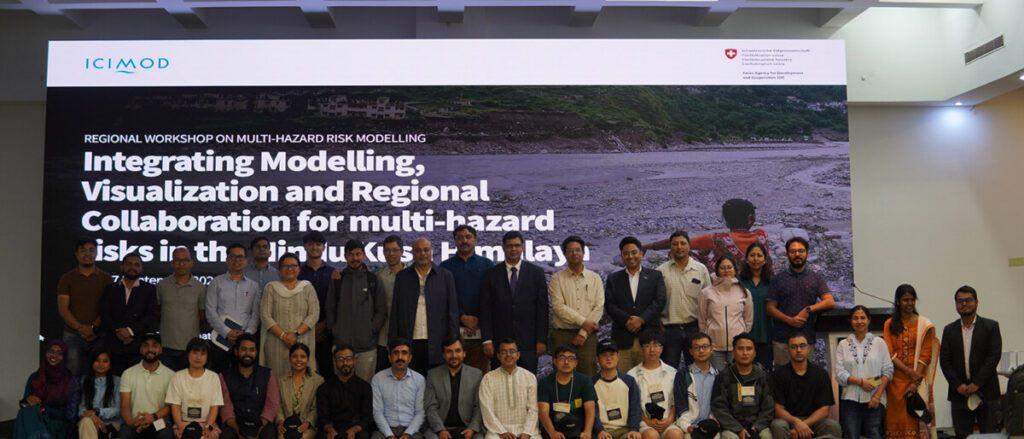While the BPDB’s renegotiation effort is being seen as a necessary corrective measure, observers say it must be part of a broader reform strategy that includes transparency, demand-based planning, and investment in renewable energy.
In a decisive policy shift aimed at alleviating financial stress in Bangladesh’s power sector, the state-run Bangladesh Power Development Board (BPDB) has initiated a move to renegotiate tariff terms with private power producers. The first target of this review is the 718MW LNG-fired Meghnaghat power plant, now owned by Japanese energy giant JERA.
The move comes amid growing concerns over “excessive” and “additional” costs embedded in long-term power-purchase agreements (PPAs) inked during the previous Awami League government’s 15-year tenure. These contracts, often awarded under the controversial Speedy Supply of Power and Energy (Special Provision) Act 2010, allowed unsolicited deals and granted legal immunity to decision-makers — a provision that critics say enabled opaque and inefficient deals.
According to industry insiders, the BPDB recently sent an official letter to JERA’s local management, requesting the submission of a proposal for tariff reduction. This marks the first time the BPDB has formally asked a power plant sponsor to renegotiate tariffs under existing agreements.
JERA, which acquired the Meghnaghat plant from India’s Reliance Power, has yet to respond. While the plant completed a test run in October 2024, it failed to move into full commercial operation due to inadequate supply of natural gas — a chronic issue plaguing Bangladesh’s energy infrastructure. A reliability test, required before fixing the commercial operation date (COD), is also pending.
JERA has reportedly been lobbying the interim government to approve the COD, but this is complicated by infrastructural and logistical bottlenecks. Notably, Petrobangla, the state-owned energy supplier, is currently able to deliver just 1,024 million cubic feet per day (mmcfd) of natural gas — less than half the 2,420 mmcfd needed to operate existing gas-fired power plants.
“This burden is a legacy of the previous authoritarian Awami League government,” a senior BPDB official told The Financial Express. “They awarded numerous power plants under unsolicited deals without properly assessing feasibility or long-term sustainability.”
Levelised Tariff
The Meghnaghat plant, if operational, would be the third large LNG-fired facility in the same area. However, the infrastructure in Meghnaghat is already strained by two existing power plants: the 589MW Summit Meghnaghat and the 584MW Unique Meghnaghat, both of which attained CODs last year but remain largely idle due to gas shortages and pipeline constraints.
Adding to the complexity, the Power Grid Company of Bangladesh (PGCB) has yet to complete six substations critical for evacuating electricity generated at the Meghnaghat hub. Sources say these substations are unlikely to be ready before August, raising questions about where and how the electricity, if generated, would be distributed.
Despite these hurdles, the Ministry of Economy, Trade and Industry (METI) of Japan recently intervened, writing to Muhammad Fouzul Kabir Khan, an adviser to Bangladesh’s Ministry of Power, Energy and Mineral Resources, urging approval of JERA’s COD. “JERA has completed all the necessary work and is awaiting the opportunity to conduct the final commissioning test,” read the METI letter, highlighting a 10-day gas supply requirement that remains unmet even after two and a half months of waiting.
The power purchase agreement with JERA, signed in 2019, obligates BPDB to buy electricity at a levelised tariff of 7.3123 US cents (Tk 5.84) per kilowatt-hour for 22 years. This rate is significantly higher than the tariffs set for the two other Meghnaghat-based plants, prompting further scrutiny.
Energy experts argue that inflated demand projections and vested interests have led to overcapacity in the sector. “A small group benefitted from projecting exaggerated demand,” said Professor Mohammad Tamim, a former special assistant in a caretaker government. “This has resulted in surplus capacity and unsustainable capacity payments.”
Need to Overhaul
Capacity payments – made to private power producers even when their plants are not generating electricity – have become a major drain on the public exchequer. According to the opposition Bangladesh Nationalist Party (BNP), the country has spent an estimated Tk 1,00,000 crore in such payments over the last 15 years.
BNP leaders have called on the interim government to disclose all energy contracts signed during the Awami League’s rule, alleging widespread corruption. “The illusion of development has cost the nation dearly,” said BNP Standing Committee member Iqbal Hassan Mahmud Tuku. “The total expenditure in the power sector over 15 years is around Tk 3,33,940 crore, with massive sums looted under the guise of capacity payments.”
Tuku named several recipients of these payments, including Summit Group (Tk 10,630 crore), Agro International (Tk 7,932 crore), Ultra Power Holdings (Tk 7,523 crore), United Group (Tk 6,575 crore), and RPCPL (Tk 5,117 crore). The BNP also alleged that Tk 11,115 crore has been paid in capacity charges for electricity imports from India, specifically mentioning deals with Adani Power.
While the BPDB’s renegotiation effort is being seen as a necessary corrective measure, observers say it must be part of a broader reform strategy that includes transparency, demand-based planning, and investment in renewable energy.
“There is a dire need to overhaul the entire sector,” said Prof Tamim. “Tariff renegotiation is just the beginning. The focus must now shift to sustainable, efficient, and transparent energy governance.”
As JERA awaits a resolution and the government scrambles to balance fiscal responsibility with foreign investment commitments, the Meghnaghat saga underscores the urgent need for structural reform in Bangladesh’s energy sector — a sector where political legacy, poor planning, and infrastructural bottlenecks continue to collide with public interest.












